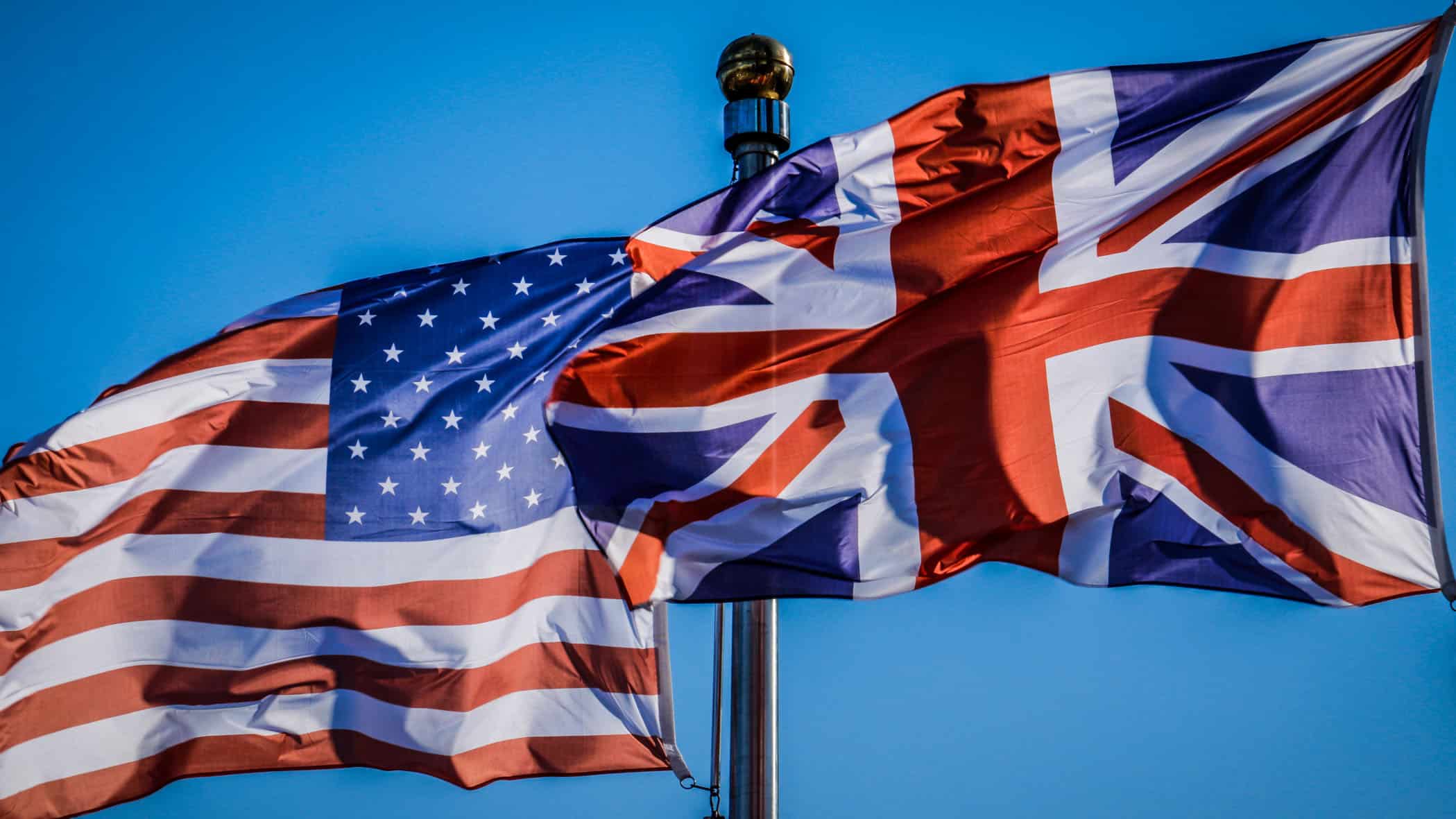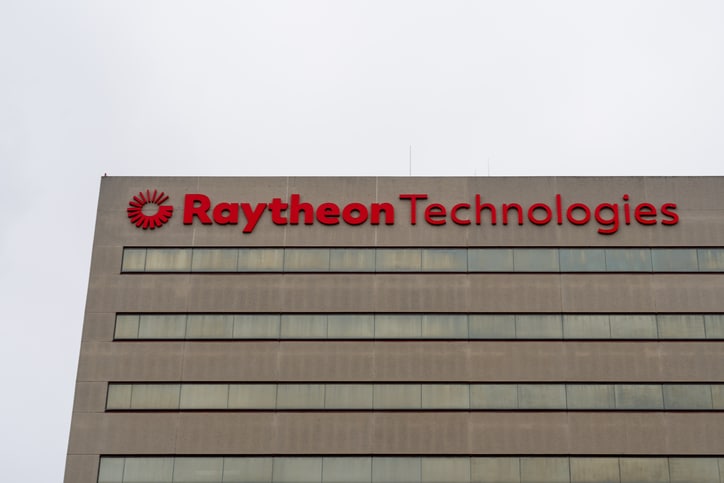Introduction to Corruption in Ukraine
Corruption is a persistent problem in Ukrainian society, dating back to the collapse of the Soviet Union in 1991 when the country declared independence.
Since then, Ukraine has grappled with various challenges related to political corruption, permeating every facet of society, including the police force, political parties, and industries. This widespread corruption has significantly hindered Ukraine's path towards joining the European Union, a step that could potentially bring economic prosperity and stability.
The prevalent forms of corruption in Ukraine primarily revolve around bribery, alongside political corruption, judicial corruption, and corruption within the public sector, which will be further explored below. The economic growth of the country has been hampered by the costs associated with this corruption. According to Transparency International's Corruption Perceptions Index, Ukraine is ranked 33 out of 100, alongside countries like Serbia and Brazil.
To delve deeper into the history of corruption in Ukraine, the ongoing anti-corruption efforts, and the potential utilization of robust U.S. laws by Ukrainian citizens in cases of foreign corruption involving U.S. entities, politicians, or individuals of interest, continue reading.
Note: There are awards and protections available for individuals providing information that leads to successful enforcement actions.
History of Corruption in Ukraine
The modern era of corruption in Ukraine can be traced back to the 1980s when individuals linked to Soviet organized crime infiltrated the nomenklatura, the ruling elite of the Soviet Union, including Ukraine. This terms simply means “a calling by name, list of names.”
Shortly after Ukraine’s independence, the country experience extreme corruption in the 1990s and early 2000s. This is the same time when U.S. characterized the leaders at the time, President Kuchma and President Yushchenko, as kleptocrats. This term simply means someone who abuses their political position to steal from their country’s resources.
This type of kleptocracy was most prominent in the region of Donetsk Oblast, where the main industries include tourism, port revenue, and manufacturing. In 2005, the discovery of mass graves containing businessmen, lawyers, judges, and other investigators was found, and was found to be linked to the former governor of Donetsk, and later president, Viktor Yanukovych.
The Maidan Uprising
Soon after Yanukovych’s election as president in 2010, he refused to sign a trade deal with the European Union, which lead to the Maidan Uprising in 2014. Protesters in Ukraine saw corruption a major issue, especially the relationship between Ukraine and Russia, given Yanukovych’s pro-Russian views – more so than the leaders before him. Soon after the uprising, reforms followed. And while some of the reforms lead to success, such as police reform, public procurement changes, and dissolution of state-owned industries, many argue that there was still much needed change – and progress was limited.
2022 Russian Invasion
Large financial aid packages to Ukraine during the Russian invasion have led to an increased vigilance for corruption. This has been further exacerbated by a series of major corruption scandals in early 2023, involving several senior officials, governors, the Deputy Defense Minister, Viacheslav Shapovalov, and the deputy head of the President’s Office, Kyrylo Tymoshenko.
Types of Corruption in Ukraine
Ukraine has been plagued with corruption since the post-Soviet Union, when the Ukraine became independent. Weaknesses in the justice system, lack of government transparency, and political ties to Russia are seen as major contributors to the corruption problem in Ukraine.
Below are some of the most common forms found in Ukraine today:
Bribery
Bribery is a pervasive problem in Ukraine, affecting many aspects of daily life. Ukrainians report frequently paying bribes to access basic public services, such as healthcare, education, and law enforcement. Surveys consistently show that most Ukrainians have paid bribes. Transparency International’s Global Corruption Barometer 2013 found that the police (49%), medical and health services (41%), and the education system (33%) were the most common institutions where Ukrainians reported paying bribes.
Political Corruption
Political corruption in Ukraine has been a significant issue. Election fraud was prevalent in the early years of independence, though its scale has diminished. Despite this, public trust in the electoral process remains low. Politicians have been accused of using their positions for personal gain, including manipulating the privatization of state enterprises and engaging in corrupt practices related to land allocation. The lavish lifestyles of many politicians, often misaligned with their declared incomes, have generated public anger. While laws have been enacted to hold officials accountable for corruption, enforcement remains a challenge, and the perception persists that many corrupt officials remain unpunished.
Judicial Corruption
Ukraine’s judicial system has been plagued by corruption for years. It is widely perceived as a system where political influence, bribery, and favoritism prevail. Judges have been subjected to pressure to deliver specific verdicts, often benefiting those with political or financial power. The lack of trust in the judiciary is profound, with most Ukrainians believing it is impossible to receive a fair trial. The disparity in treatment between ordinary citizens and officials, with the latter often receiving lenient sentences, has further eroded public confidence. Despite reforms and the establishment of anti-corruption bodies, high-profile cases of corruption within the judiciary continue to emerge, indicating the depth of the problem.
Corruption in Business
Corruption is endemic in the Ukrainian business environment. Studies have shown a significant increase in bribery among top managers in recent years, with many companies willing to pay bribes to secure contracts or hide financial irregularities. The scale of the problem is such that a portion of the economy is estimated to operate in the shadows to avoid corruption. Foreign companies often face challenges in competing due to the expectation of bribery, creating an uneven playing field. These factors hinder economic growth and development in Ukraine.
These are some of the most common forms of corruption in Ukraine today. There are still other forms of corruption eroding society, including corruption in higher education, social security, healthcare, and local politics.
Examples of Corruption in Ukraine
Unfortunately, there has been a long history of corruption in Ukraine, mainly after the post-Soviet departure. Below are some of the most famous examples of corruption in Ukraine:
Embezzlement Scheme (2022)
A scheme involving the purchase of overpriced food intended for humanitarian aid in several Ukrainian regions was uncovered. The first deputy minister of agrarian policy allegedly bought food at inflated prices through a controlled company and sold it to the Ukrainian railway company, Ukrzaliznytsia. This process, which occurred between March and August 2022, resulted in a loss of approximately €719,000 for Ukrzaliznytsia.
The food, purchased at market price from a Polish manufacturer, was ultimately intended for civilians in Donetsk, Kherson, Sumy, Zaporizhzhia, Kyiv, Khmelnytsky, Dnipropetrovsk, and Poltava regions, as well as the city of Kyiv.
Teva Pharmaceutical Industries Limited (2016)
Teva Pharmaceutical Industries Limited agreed to pay $519 million to settle civil and criminal allegations of violating the FCPA by paying bribes to Ukraine, Mexico, and Russian officials. The SEC alleges that Teva made over $200 million in illegal profits from bribery payments to expand its market share and secure approvals and favorable drug purchase and prescription decisions
Roman Nasirov (2016)
The National Anti-Corruption Bureau of Ukraine unveiled a scandal involving Roman Nasirov, the former head of the State Fiscal Service. Between 2015 and 2016, Nasirov allegedly accepted a staggering €21 million bribe from Ukrainian oligarch Oleh Bakhmatyuk. This illicit money was the price of silence, allowing Bakhmatyuk's agribusiness empire, Ukrlandfarming, to evade millions in taxes.
To shield their ill-gotten gains, Nasirov and his associates engaged in a sophisticated money laundering operation. Millions of euros were funneled through offshore accounts and ultimately used to purchase a lavish residential and office complex in the heart of Kyiv. The National Anti-Corruption Bureau has since seized these assets, but the full extent of the damage to Ukraine's economy remains to be seen. This case serves as a stark reminder of the deep-rooted corruption that plagues the country and the relentless efforts of law enforcement to bring those responsible to justice.
Kyoto Protocol's "Carbon Credit Scheme"
A report found that a key carbon offsetting scheme, Joint Implementation (JI), was riddled with corruption and abuse, leading to the emission of around 600 million tonnes of carbon. The scheme allowed countries like Russia and Ukraine to sell fake carbon credits to the EU, undermining the EU's emissions reduction targets. Many argue for stricter oversight of future carbon offsetting schemes. Without UN oversight, the scheme is vulnerable to abuse. Countries can freely exchange carbon reduction credits without proof that actual emissions had been reduced.
The Effects of Corruption in Ukraine
The Ukraine is burdened with corruption, which creates a barrier to strong economic growth, failing to meet economic growth trends in the 2000s and beyond. Many blame the endemic corruption on former President Viktor Yanukovich. In a Transparency International study conducted in 2008, it stated that early half of Ukrainians have faced corruption, paying nearly $400 million in bribes annually.
Anti-corruption Efforts in Ukraine
Anti-corruption efforts in Ukraine have been sporadic and often ineffective. While presidents Yushchenko and Yanukovych both pledged to combat corruption, their actions often fell short. Despite the establishment of anti-corruption agencies like the National Anti-Corruption Bureau (NABU) and the National Agency for Prevention of Corruption, deep-rooted corruption persists. Progress has been hindered by political interference, weak enforcement, and, most recently, a setback from the Constitutional Court’s ruling against anti-corruption legislation. Below is a timeline of anti-corruption efforts in Ukraine:
Pre-2004
- Corruption was deeply entrenched in Ukrainian society and government, hindering economic development and public trust.
2004-2010
- Orange Revolution (late 2004): Viktor Yushchenko’s election brought promises of anti-corruption reforms, but initial efforts, while showing some promise, were ultimately undermined by political infighting and vested interests.
- Public Sentiment: Despite early initiatives, public perception of corruption remained high, indicating a persistent problem.
2010-2014
- Yanukovych Era: President Viktor Yanukovych initially pledged to combat corruption, but his administration was widely seen as using anti-corruption measures for political retribution.
- International Perception: While some international organizations praised early efforts, the lack of tangible results eroded confidence in the government’s commitment to reform.
2014-2020
- Post-Maidan Reforms: Following the Euromaidan protests, Ukraine embarked on ambitious anti-corruption reforms, establishing specialized agencies like NABU and the National Agency for Prevention of Corruption.
- Oligarchic Influence: The power of oligarchs and their interference in the political and economic spheres continued to pose significant challenges to anti-corruption efforts.
- Setbacks: The 2020 Constitutional Court ruling that struck down crucial anti-corruption legislation represented a major setback, highlighting the fragility of reforms.
- International Support: Continued international support and financial assistance were contingent upon Ukraine’s progress in combating corruption.
2022 and Beyond
- Wartime Challenges: The ongoing conflict with Russia has exacerbated existing challenges and diverted resources from anti-corruption efforts.
- Continued Reform: Despite the war, Ukraine’s commitment to anti-corruption reforms remains essential for rebuilding the country and securing future prosperity.
Reporting Corruption in Ukraine Using U.S. Laws
Those who know of corruption, such as bribery, embezzlement, or money laundering taking place in Ukraine by U.S. companies or individuals may be able to use powerful U.S. anticorruption laws. Here are a few of the U.S. laws and how they might be used to fight corruption in Ukraine:
Foreign Corrupt Practices Act (FCPA)
The Foreign Corrupt Practices Act prohibits U.S. companies and individuals from bribing foreign officials to obtain or retain business. If a whistleblower discovers a U.S. company or its subsidiary engaging in bribery to secure contracts or influence decisions in Ukraine, they may be eligible to report under the FCPA. Through the SEC Whistleblower Program, whistleblowers can potentially receive a significant financial reward for information leading to successful enforcement actions against publicly traded companies involved in Ukrainian corruption.
Securities and Exchange Commission (SEC) Whistleblower Program
The SEC Whistleblower Program incentivizes individuals to report violations of U.S. securities laws, including those involving accounting fraud or bribery schemes by publicly traded companies. If a whistleblower possesses evidence of a U.S. publicly traded company engaging in corrupt activities in Ukraine that impact its financial statements, they can report this under the program.
Anti-Money Laundering (AML) Laws
U.S. AML laws prohibit the laundering of money derived from illegal activities, including foreign corruption. If a whistleblower uncovers a scheme involving the movement of funds obtained through corruption in Ukraine into the U.S. financial system, they can report these activities under the Anti-money laundering whistleblower program. Successful whistleblowers may receive rewards and protection from retaliation.
The False Claims Act
The False Claims Act safeguards whistleblowers who report fraud against the U.S. government. This includes instances where U.S. government funds are misused by foreign entities, such as companies operating in Ukraine, receiving contracts or grants. Whistleblowers (qui tam relators) who expose corruption related to U.S. government contracts in Ukraine may be eligible for financial rewards.
It’s important to understand that the specific details of each case determine the availability of legal protections and potential rewards for whistleblowing. However, it’s crucial to be aware of the risks involved, such as job loss, demotion, or harassment. To protect your rights, consider consulting with a whistleblower lawyer before proceeding.
Conclusion
Corruption in Ukraine has been a persistent issue since the country’s independence from the Soviet Union in 1991. The major types of corruption include bribery, political corruption, judicial corruption, and corruption in the public sector.
This has hindered economic growth and has been a barrier to Ukraine joining the European Union. Despite some anti-corruption efforts, progress has been limited, and the country continues to face significant challenges in combating corruption.






